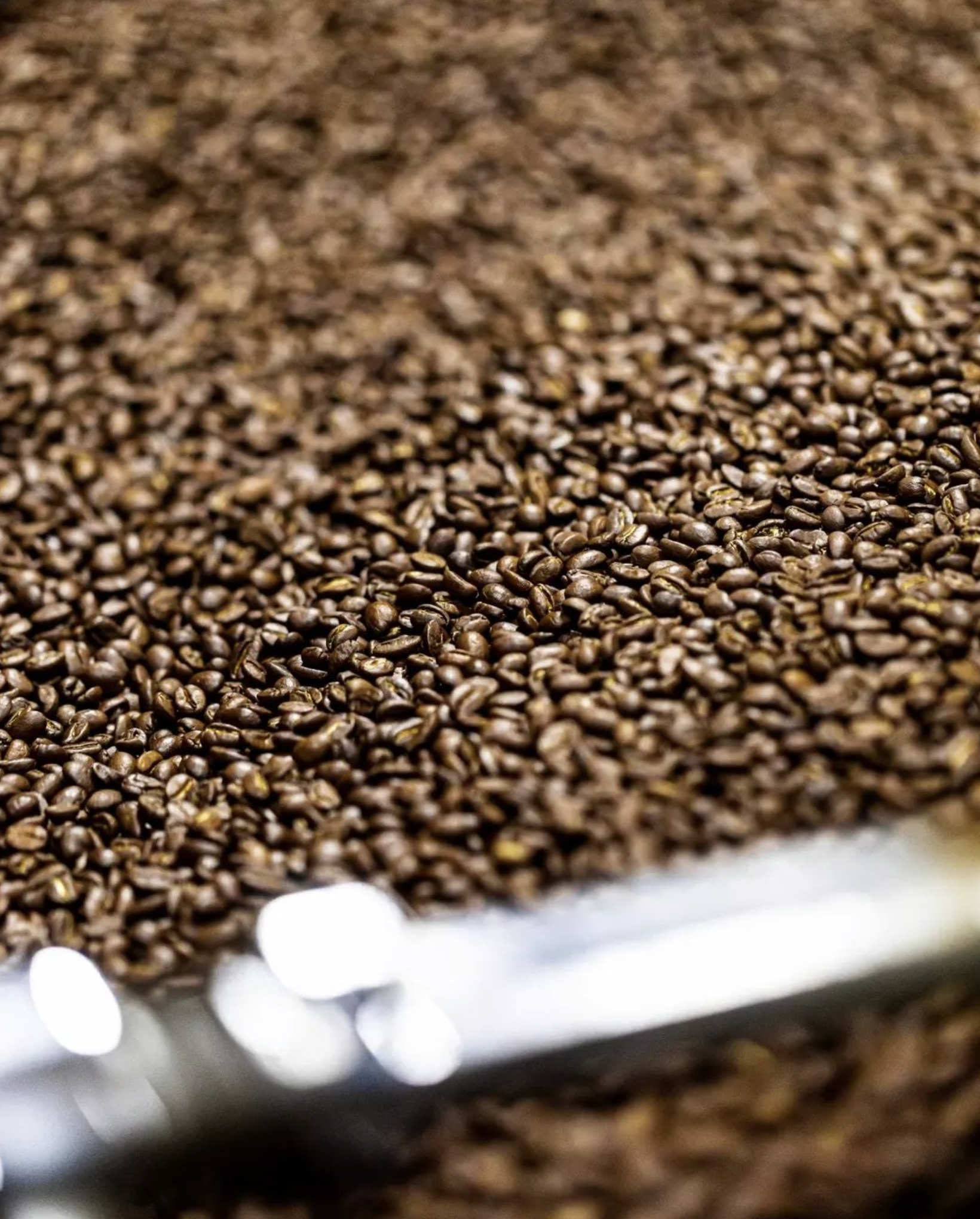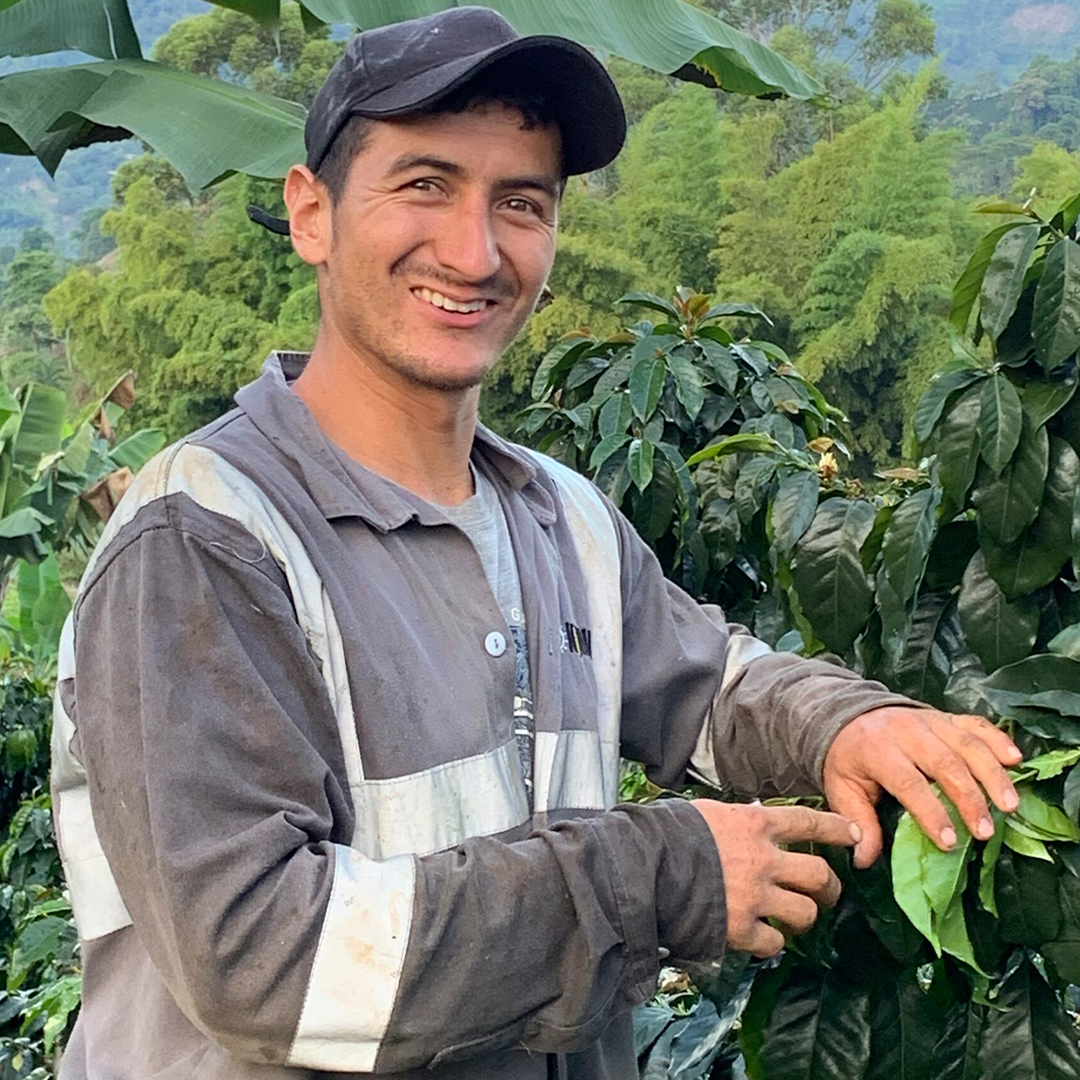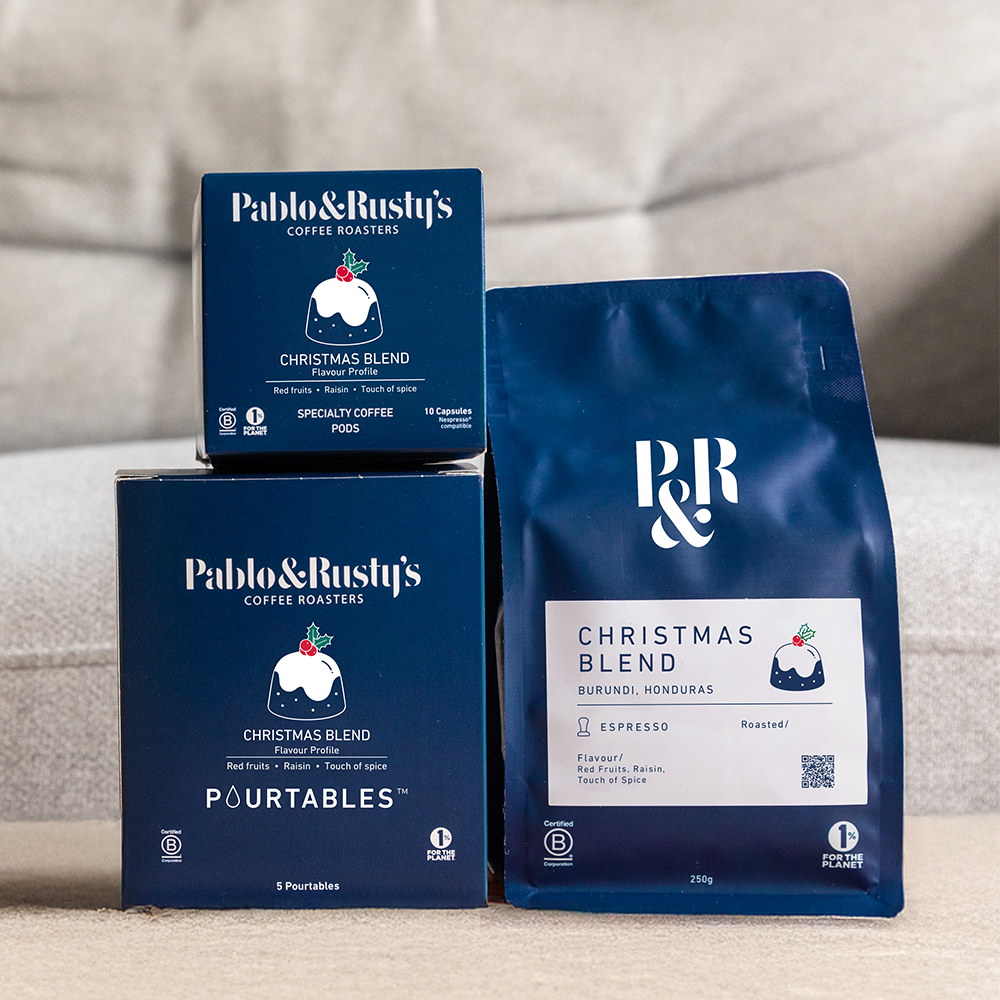Good time, not a long time
Our Christmas blend is here for a good time, not a long time. So, we wanted to give you a bit of a look behind the scenes at what went into bringing you this coffee. We put hours of work into the process, from sourcing the coffees, developing the taste profile and even designing the label. Each hand that touches the coffee understands the goal, so hopefully, you can taste it in every cup.
-v1731460031101.png)
Introduction
In this article, we will focus on - what coffees do we choose and why? We think this is an important aspect of the blend development, it also pays homage to all the hard work our partner producers put into their coffees so we can bring the best representation of them to you, our P&R Community. I’m Phil, Head of Coffee at Pablo and Rusty's and I’m really excited about this year's Christmas Blend. Read on to find out a little more about the process to get it into your cup.
A long time ago
Although things are only just picking up for Christmas, our minds were focused on how this blend would come together way back in April. It seems a little crazy, but the early worm catches the bird, as they say. (that is what they say, right?)
We talk about our goals and forecasts and most importantly, the feedback we received from the previous year. With all this in mind, we now create a vision and an idea of what the blend will look (read taste) like.
-v1731460093628.png)
Choosing the coffees
We wanted to start with a base of Natural processed coffee. By base, I mean the structure of the blend. A coffee that carries the blend, a good round texture, some chocolate and caramel notes, along with some red fruits and spice.
We then needed to create a dynamic layer for the blend. We didn’t want to go too “clean” and light, but we also didn’t want to muddle the profile with a heavier one. We wanted another Natural processed coffee, but something with a little “funk”. This can be created by having a presence in the coffee of “fermentation” flavour. This reveals itself as a complex acidity, sweetness and fruity flavour.
-v1731460423539.png)
After cupping over 30 coffees across multiple sessions, starting from April earlier this year, we narrowed down the search as we identified the best coffees that would help bring what we wanted to the Christmas blend. These coffees are:
Rwiri from Kayanza, Burundi
This coffee comes from the Yagikawa Farmers Cooperative Society in Kayanza Province, Burundi. Yagikawa functions like most other cooperative collection stations in the region, serving as a central hub where small-scale farmers and cooperative members can deliver their cherries for sale, processing and eventual export. The meticulous hand labour involved in producing this coffee is evident in the high quality of the green beans, which have very few defects, which greatly enhances cup consistency across brew batches. The station is located at an elevation of 1,750 metres above sea level, providing access to some of the highest farms in the area. Bourbon is the predominant coffee variety in the region, as it is throughout most of Burundi and is known for its syrupy sweetness when grown at high altitudes. Coffee cherries are collected three times a week and the natural lots are dried on African-raised beds for three weeks before milling.

Finca El Jardin
Mario Samuel Martinez owns the 15.5-hectare farm La Valentina, where he cultivates 14 hectares of coffee, citrus and avocados. Among his farms is Finca El Jardin, located in La Paz, a region renowned for coffee production in Honduras. The high elevation and cool temperatures in La Paz contribute to the slow ripening of coffee cherries, allowing sugars to develop more fully. This process, combined with the favourable climate, results in high-quality coffee. Many of the producers in this region are women or hold Organic certifications.

Natural-processed specialty coffees from Honduras are still relatively new to the market but are gaining popularity. Quality-focused producers in La Paz are experimenting with different processing methods to meet the growing demand for these coffees worldwide. Typically, the coffee is picked when fully ripe, carefully sorted and then dried on raised beds or patios for a month or longer. At Finca El Jardin, the coffee is picked at peak ripeness, dry fermented for 30 hours and then sun-dried for 12 to 15 days.

Putting it all together
So, as you see, we’re working hard for a good portion of the year to ensure we can bring you this special Christmas blend so you can sit back with your loved ones, sipping on some really amazing coffees and sharing memories. You can check out the Pods, Pourtables and Beans. But remember, it’s here for a short time, not a long one. Santa’s not going to leave any hanging around! Merry Christmas from all the P&R Team.



